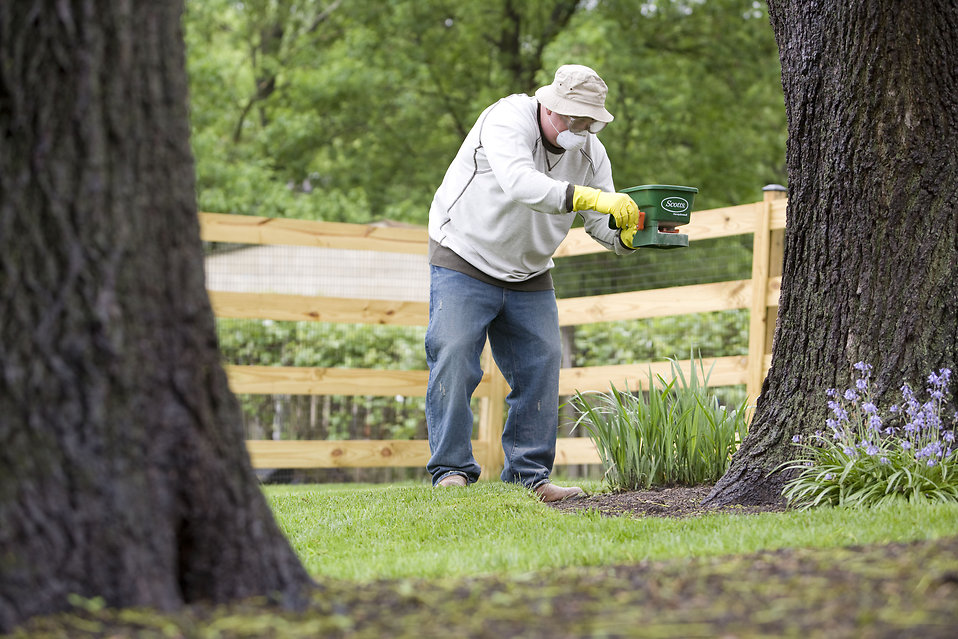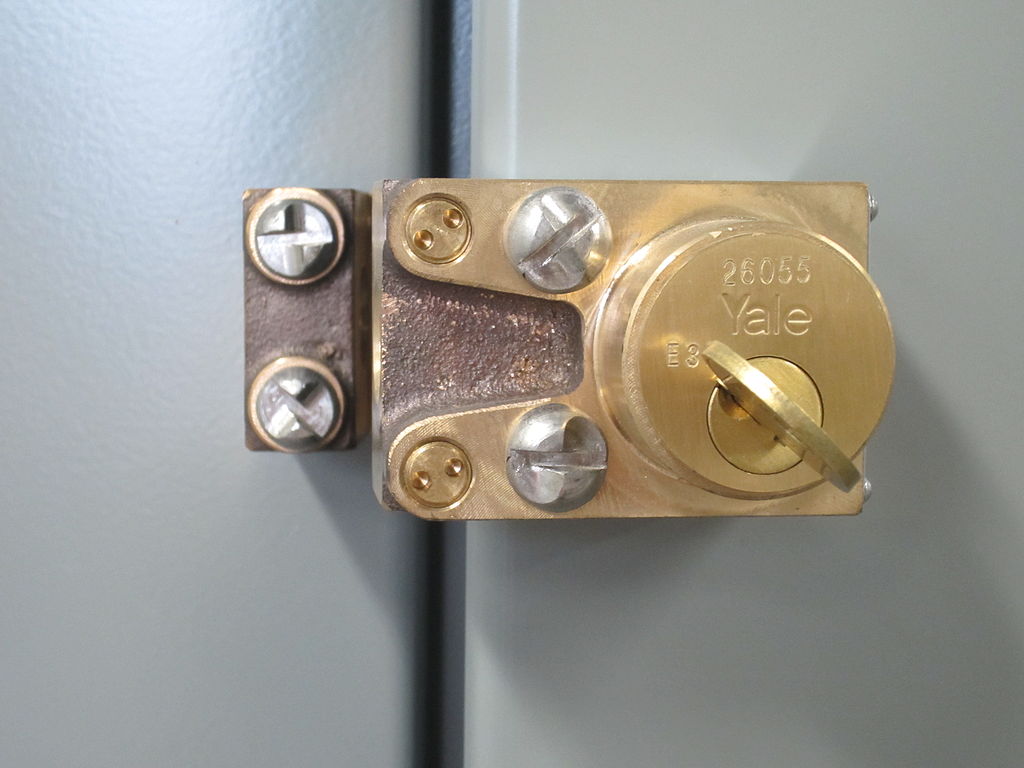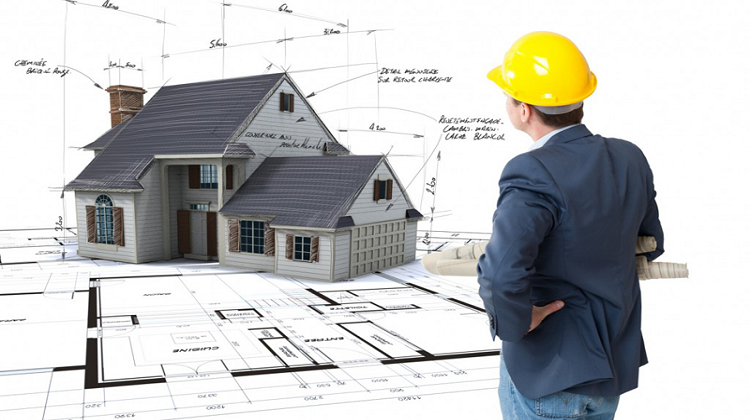Ways You May Be Harming Your Trees

Introduction
Trees owners often do much more than they need to and don’t even know that they are harming the trees in the process. Unfortunately, trees can’t communicate with you in any way and that’s why identifying the problem can be very challenging. You can hire professionals by searching for “tree service near me” and prevent a tree from dying. However, if you keep abusing your trees without knowing, the problem is going to continue in an ever-lasting loop. To prevent that from happening, let’s look at ways you may be harming your trees:
The Details
- Restrained Staking, Mulching, and Guying – Even the beginner planter doesn’t shy away from staking and mulching their newly planted trees, and for good reason. These practices can be very beneficial if done in the right way. However, plant lovers, especially in urban environments like to go overboard and that’s where the problem begins. Similarly staking and guying can help your tree grow taller, protect from physical damage and high-velocity winds. However, restraint is the keyword here as well.
There are a few species of trees that do perfectly fine without any staking and most other species require minimal staking at best for support during the initial growth phase. If you stake too often and too much it can cause severe problems like bark damage, top-heaviness, girdling, and abnormal trunk growth. Similarly, improper mulching with good intentions doesn’t help the tree in any way. Too much mulch around the tree can interfere with root and bark function. Make sure that the mulch layer isn’t too deep and keep the base of the trunk clear at all times.
- Steer clear from power lines – It seems that power lines only allow birds to hang out on them. Anything else becomes a problem. Before you plant a tree sapling, you need to consider its growth and spread patterns and coverage area. You don’t want your care for a tree for years until it gets too close to the power lines and gets chopped by the power company. Plead for their sympathy and you should expect a good fight both on the ground and in the court. It’s tempting to plant your tree in the area of utility rights-of-ways. Clear and open space is great for a healthy sapling to grow into a sprawling tree. If you do need to plant a tree on that path, make sure it has a lower lifetime height than the power lines.
- Girdles are no good – People think that girdling is very useful for protecting trees from string trimmers and lawnmowers. However, girdling does more harm than damage. It chokes your tree slowly to death. When you cover the base of a tree with metal or plastic for protection against your yard power tools, it interferes with trunk activity and prevents it from directing nutrients and water efficiently from the roots to the branches and leaves. You’ll do very severe damage if you install something permanent. There are other ways to prevent your trees from getting damaged by the yard tools. You can use a good mulch layer to keep the base free from weeds and pests. Don’t forget to mix the mulch annually with herbicide for strong moisture retention and weed prevention.
- Don’t ignore tree injuries – It’s a busy world and more often than not you end up prioritizing other things over your tree’s health. Opportunities and crises demand your time, and you end up ignoring your trees or taking care of them in an insincere way. However, it’s your responsibility to take care of them before a minor injury escalates into permanent harm. When you are tight on schedule, you tend to do a bad pruning job and, in some instances, even injure your tree. Make sure to find the balance in your schedule to avoid such problems or delay pruning for another day when you have more time. Doing nothing is better than improperly doing a task. Improper pruning can even kill your tree. Nurse back your tree from injuries with regular maintenance and try to be more careful with your tree care in the future.
- Too much shade doesn’t help – While it varies from one species of trees to another, too much shade isn’t good for most trees. Hardwood trees and conifers need ample sunlight throughout the day to survive and are very intolerant to shade. On the other hand, trees that can handle shade are called shade tolerant. Make sure that you don’t plant shade-intolerant trees in areas with a lot of shade for most of the day. Some of the trees that are intolerant to shade are pine, oak varieties, hickory, black cherry, willow, poplar, cottonwood, and Douglas fir. On the other hand, some examples of shade-tolerant trees are beech, dogwood, basswood, elm, birch, and hemlock.
- Forced competition – When you plant trees, you mustn’t plant them in a way that forces them to compete for nutrients and resources. That’s why you don’t plant two trees too close and don’t have any aggressive plants close to trees. For instance, if you plant a wisteria vine near an oak tree, the vine is going to win the competition and all that will be left at the end is the dead trunk of the oak with lush wisteria leaves. It may look like a tree from a distance, but it’s nothing more than an aggressive vine over the husk of a dead tree. Vines and other aggressive plants are good at spreading and quickly take control of all available nutrients in the vicinity, including light. They can easily overwhelm even the hardiest species of trees. While you can plant them on your property, make sure to keep them away from trees.
Conclusion
Now that you know all about the different ways of harming your trees, you need to get rid of all those activities that may be killing your trees. If things still go wrong, you can always get help from professionals by searching “tree service near me”.











